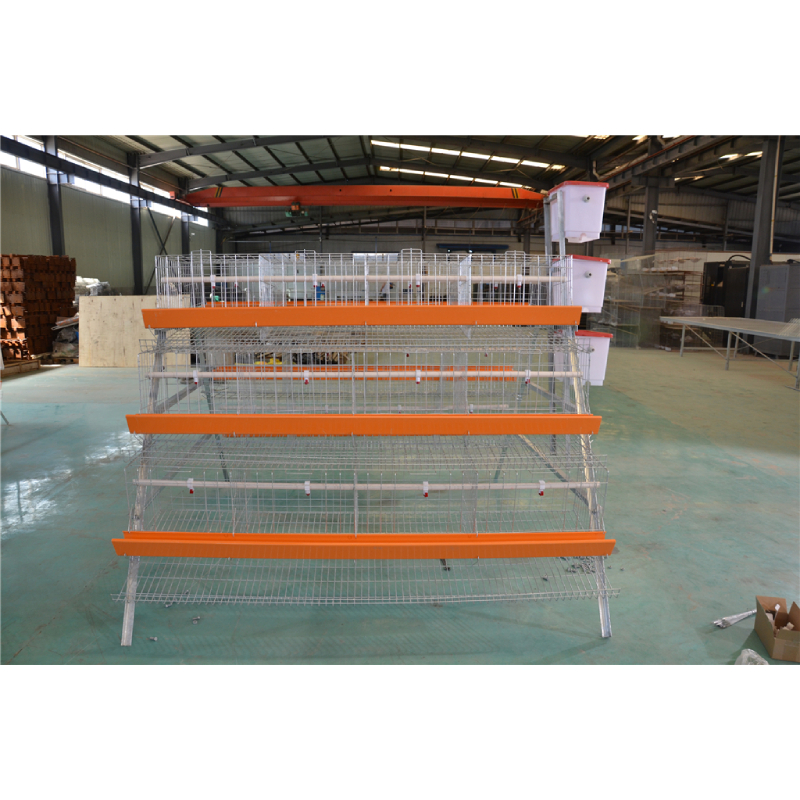Best Practices for Layer Poultry Cages and Housing Solutions
Dec . 10, 2024 04:32 Back to list
Best Practices for Layer Poultry Cages and Housing Solutions
The Importance of Poultry Cages for Layer Hens
Poultry farming is a vital industry that plays a significant role in food production worldwide. Among the various types of poultry, layer hens are specifically raised for the purpose of egg production. As the demand for eggs continues to rise, the conditions under which these hens are kept have come under scrutiny. One critical aspect of layer hen farming is the design and use of poultry cages. Properly designed cages can contribute to the health, well-being, and productivity of the hens, ultimately benefiting both farmers and consumers.
The Role of Poultry Cages
Poultry cages serve multiple purposes in the context of layer hen farming. Firstly, they provide a controlled environment that can enhance the health and growth of the birds. By housing hens in cages, farmers can closely monitor their living conditions, including factors such as temperature, humidity, and light exposure. This level of control helps to minimize the spread of diseases, as hens are less exposed to contaminants in a cage system compared to free-range farming.
Moreover, poultry cages facilitate efficient management of the hens. The ability to keep birds in a confined space allows for easier feeding, watering, and collection of eggs. With a well-designed cage system, farmers can maximize egg production while minimizing labor costs and resource consumption. For example, automated feeding and egg collection systems can be integrated into cage designs, improving operational efficiency.
Designing the Ideal Poultry Cage
When creating an effective poultry cage for layer hens, several design elements must be considered. One of the most important factors is space allocation. Each hen requires a specific amount of space to move, lay eggs, and engage in natural behaviors. While conventional battery cages often provide minimal space, modern alternatives such as enriched cages and aviary systems aim to enhance animal welfare by allowing more room and access to perches and nesting areas.
Enriched cages offer a compromise between intensive farming practices and animal welfare. These cages include features such as nesting boxes, perches, and scratch areas, enabling hens to express natural behaviors while still maintaining the benefits of a caged system. This design not only improves the living conditions for the birds but also aligns with growing consumer preferences for ethically produced eggs.
poultry cage for layers

Welfare Considerations
Animal welfare has become a critical concern in poultry farming, and the design of poultry cages plays a key role in addressing these issues. Advocates for hen welfare argue that the confinement of hens in battery cages leads to physical and psychological stress. As a result, many countries and regions have implemented regulations to phase out traditional battery cages in favor of more humane alternatives.
Research has shown that hens housed in enriched cages tend to exhibit fewer signs of stress and engage in more natural behaviors compared to those kept in conventional cages. Additionally, providing hens with opportunities for social interaction and environmental enrichment can lead to improved overall well-being, resulting in healthier birds with better egg production rates.
The Future of Layer Hen Housing
As consumer awareness and expectations evolve, the poultry industry is adapting to meet these new demands. The trend is moving towards sustainable and ethical farming practices, including the redesign of poultry cages to ensure better animal welfare. Innovations in cage design and management systems are continually being developed to enhance the living conditions of layer hens.
Farmers must also consider the economic implications of transitioning to alternative housing systems. While the initial investment may be higher for enriched cages, the long-term benefits, such as higher egg quality and improved flock health, can provide a solid return on investment. Ultimately, the shift towards better housing for layer hens is not only a matter of ethics but also of sustainability and profitability in the poultry industry.
Conclusion
In conclusion, poultry cages play a significant role in the management and welfare of layer hens. With thoughtful design and a focus on animal welfare, the poultry industry can meet the growing demand for eggs while ensuring the health and happiness of the birds. As we look to the future, it is crucial for farmers to embrace innovative practices that promote both productivity and ethical treatment of animals. The importance of poultry cages extends beyond mere functionality; it embodies a commitment to responsible and sustainable farming.
-
Hot Sale 24 & 18 Door Rabbit Cages - Premium Breeding Solutions
NewsJul.25,2025
-
Automatic Feeding Line System Pan Feeder Nipple Drinker - Anping County Yize Metal Products Co., Ltd.
NewsJul.21,2025
-
Automatic Feeding Line System Pan Feeder Nipple Drinker - Anping County Yize Metal Products Co., Ltd.
NewsJul.21,2025
-
Automatic Feeding Line System - Anping Yize | Precision & Nipple
NewsJul.21,2025
-
Automatic Feeding Line System - Anping Yize | Precision & Nipple
NewsJul.21,2025
-
Automatic Feeding Line System-Anping County Yize Metal Products Co., Ltd.|Efficient Feed Distribution&Customized Animal Farming Solutions
NewsJul.21,2025






